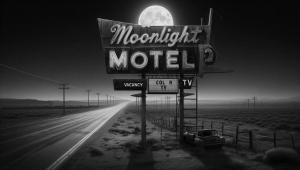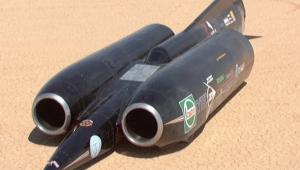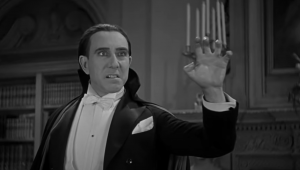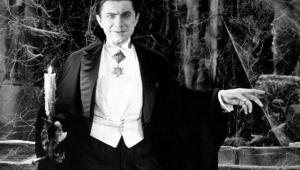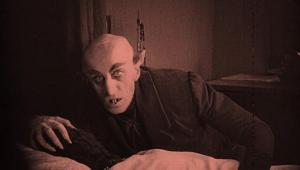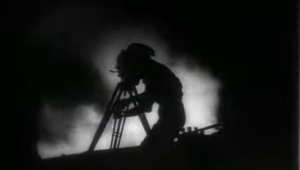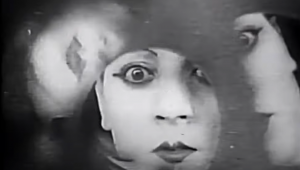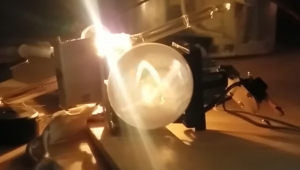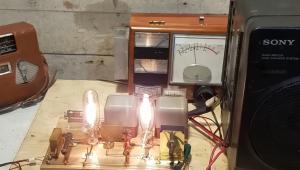The larger the surface, the longer the wavelength that will be reflected.
Britain's Sound Mirrors

When we think of air attacks and civilian bombing, horrific pictures from World War II usually come to mind. But that kind of warfare was already well underway during World War I. German forces repeatedly bombed Britain. When the war ended, military minds naturally started thinking of ways to protect against it. One ingenious idea was the sound mirror.
When a planar sound wave strikes a reflective, concave surface, the surface will reflect the sound and also focus it to a point. The larger the surface, the longer the wavelength that will be reflected. Now, suppose that you wanted to know when enemy airplanes are approaching. You set up a number of large reflecting concave surfaces facing the English Channel, place microphones at the focal points. Then you build a communications system to relay that information to a central command, where you can instruct your defense forces. You have an early-warning system of sound mirrors.
This is exactly what the British did after World War I. In the late 1910's through the early 1930's, experimental mirrors were built at sites along the eastern and southern coasts. Just as physics predicted, the mirrors worked. Aircraft could be heard from miles away.
Unfortunately, much like the Maginot Line, these sound mirrors were ineffectual almost as soon as they were constructed and played no role in the next war. For starters, the speed of airplanes increased dramatically. Whereas a lumbering WWI Zeppelin or bomber would have allowed time for detection and alarm, the fast WWII aircraft would be in British airspace far too soon for that.
But more important, a much better detection technology, radar, was under development. Radar could see aircraft at a much farther distance, and work under virtually any weather conditions. Compared to radar, sound mirrors were woefully inadequate.
But sound mirrors did play one important role, as an interim technology. They laid the groundwork for an early-warning network that could quickly convey information from remote locations to a centralized command. That communications system grew to become the backbone of the Chain Home radar system, which very possibly saved Britain.
Many of the old sound mirrors still exist, scattered in fields along the coastline. One of the best preserved sites is located at the former Denge Royal Air Force facility. There are three experimental mirrors there. One is a curved wall 230-feet long and 16-feet high. The other two mirrors are large dishes, looking not unlike modern satellite dishes. You can see a sound mirror in action in this video.
The sound mirrors join other monolithic structures like Stonehenge, relics from the past. But the acoustics of sound waves stands at the ready, forever prepared. If airplanes ever attack Britain again, even if no one else is listening, they will hear them coming over the water.
- Log in or register to post comments

